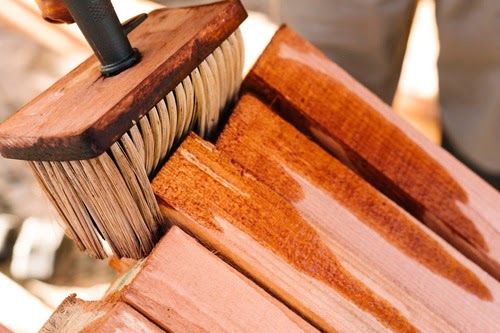
Wood Finishes
Wood finishes are products applied to wood surfaces to protect and enhance their appearance, as well as provide durability and longevity to the wood. Wood finishes come in a variety of types, each with their own unique properties and characteristics. Some common types of wood finishes include oil-based, water-based, lacquer, varnish, shellac, and wax.
Wood finishes can be used on a variety of wood products, including furniture, cabinetry, flooring, and decorative objects. They can be used to bring out the natural beauty of the wood, enhance its color, and provide a protective layer against moisture, heat, and scratches.
The process of applying a wood finish typically involves several steps, including sanding and cleaning the wood surface, applying the finish, and allowing it to dry and cure. Depending on the type of finish and the desired effect, multiple coats may be required, and additional steps like staining or dyeing may be necessary.